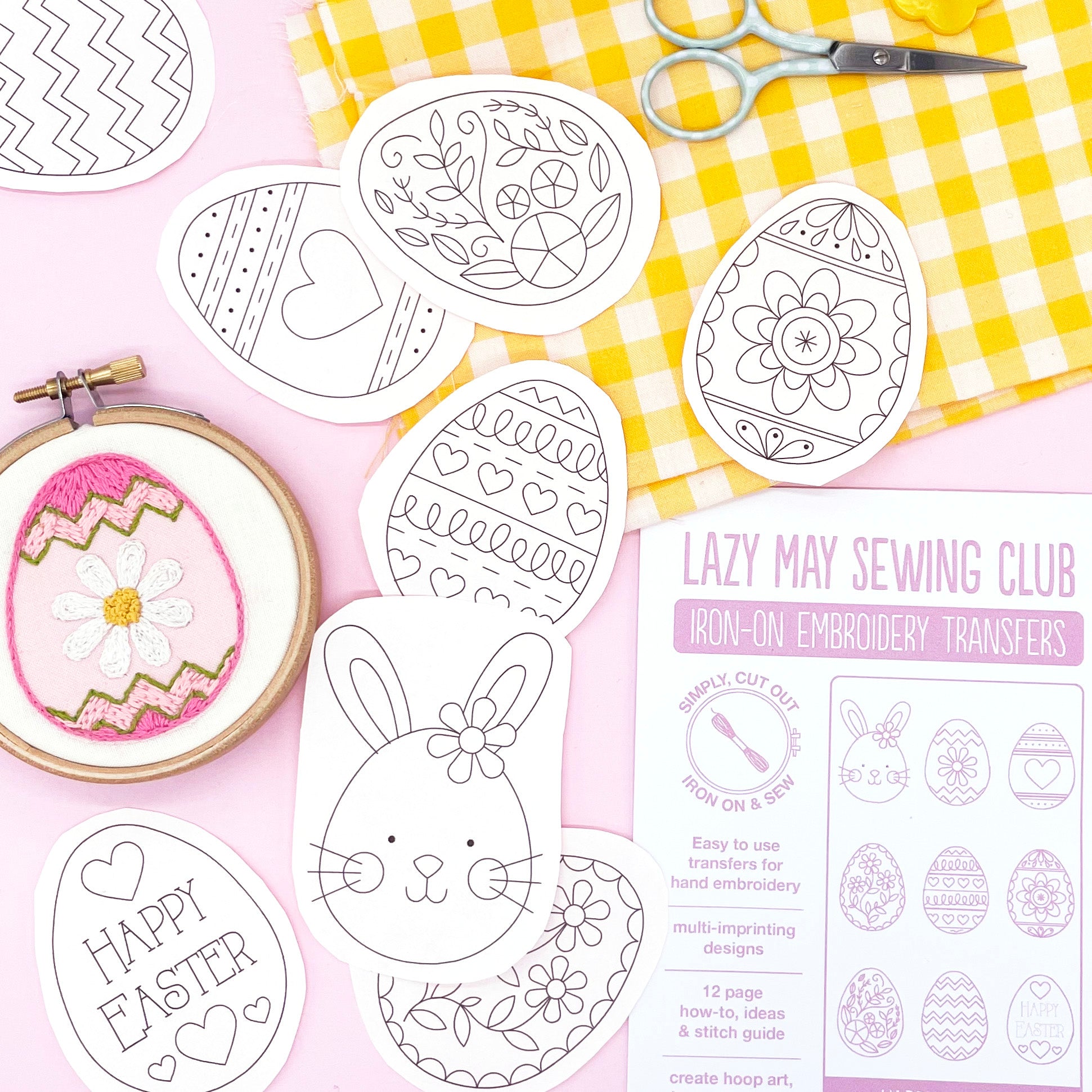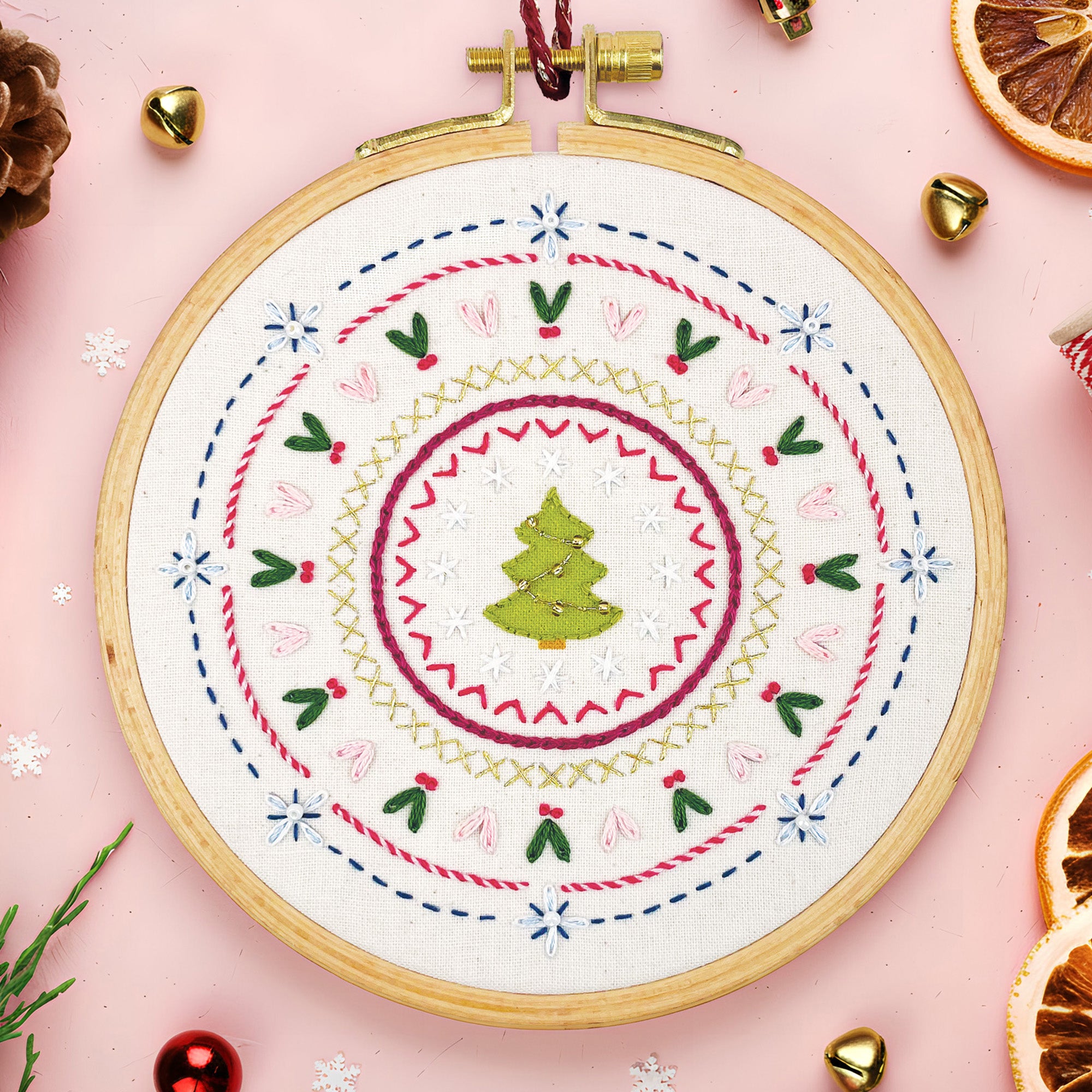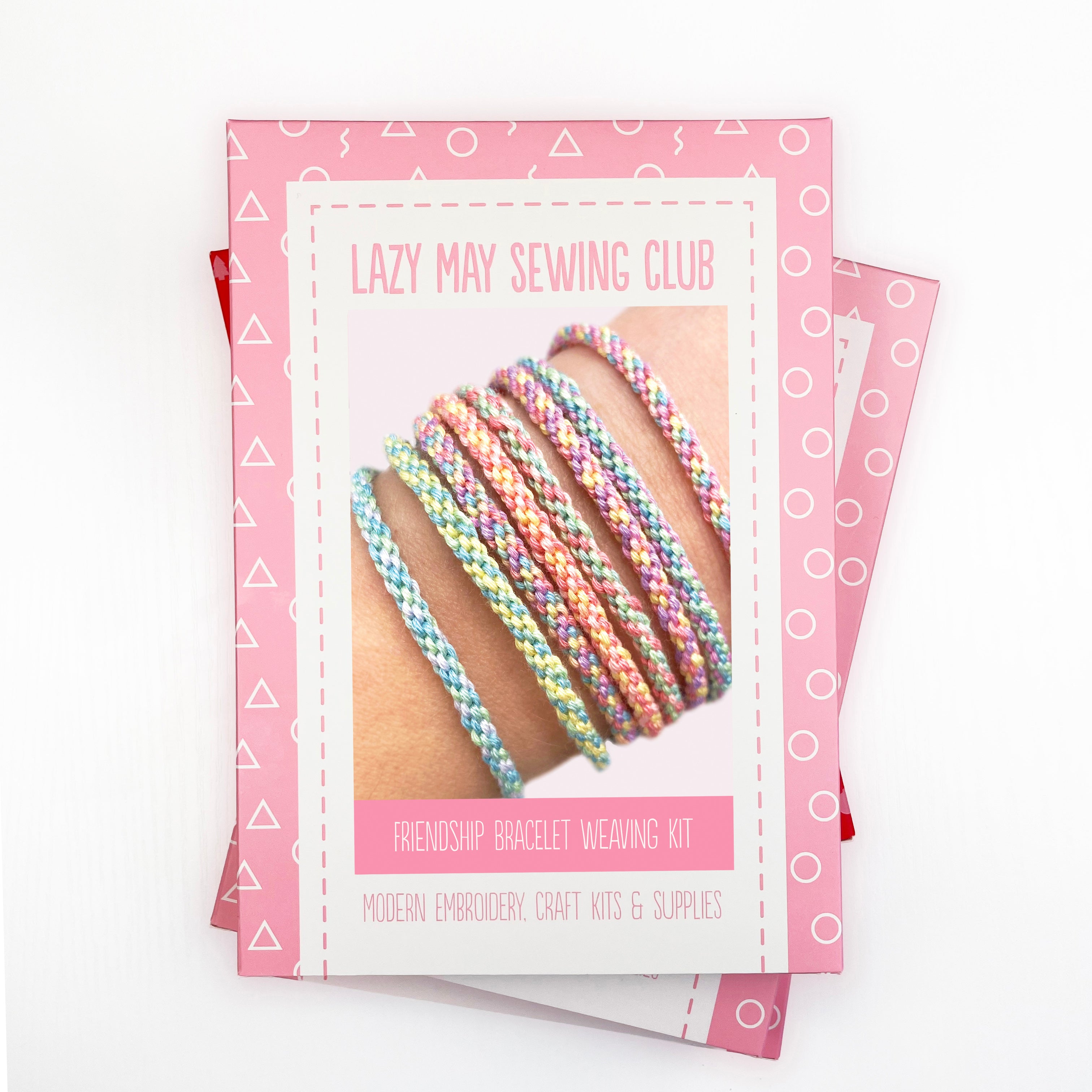How to Do Long and Short Stitch: Easy Step-by-Step Embroidery Guide
A lovely fill stitch that’s perfect for soft gradients, petal shapes and painterly embroidery.
What Is Long and Short Stitch?
Long and short stitch is a versatile embroidery technique used to fill shapes with smooth colour and subtle texture. It’s often used for petals, animals, or landscapes—anywhere you want a soft, shaded effect.
The stitch is worked in rows, alternating between long and short straight stitches to break up the edges. As you build layers, the staggered stitches blend together beautifully, giving a more natural finish than solid satin stitch.
It’s a brilliant stitch for flowing shapes and is often used in needle painting techniques to blend colour.
How to Do Long and Short Stitch (Step-by-Step)

- Step 1: Work your first row using alternating long and short stitches along the edge of your shape.
- Step 2: On the next row, fill in the gaps created by the short stitches using new long stitches.
- Step 3: Continue layering your rows until the shape is completely filled with a smooth, blended effect.
Using Long and Short Stitch for Blending
One of the lovely things about long and short stitch is that you can use it to blend thread colours and create a soft gradient, often called needle painting. This is especially effective in petals or leaves where colour transitions naturally from one shade to another.

To blend smoothly, start with one colour and work a few rows. Then gradually introduce the second colour, overlapping it into the previous section using the same long and short technique. Keep your stitches angled and layered for a natural transition.
In shapes that taper—like leaves or petals—you may find the stitches overlap at the point. This is completely fine and helps maintain a clean edge and smooth flow.
Tips for Long and Short Stitch
- Use 1 or 2 strands of thread for finer blends and more control.
- Divide large shapes into smaller areas if you find it easier to manage stitch direction.
- Don’t worry about perfection—this stitch is meant to look soft and painterly!
Hope you’ve enjoyed learning long and short stitch.
While you’re here, why not check out my beginner-friendly embroidery kits and patterns?





